Food is a cornerstone activity to Practice Eudaimonic Well-being. Nutritious Food helps you to feel your best and gives you the energy you need to do the things you love. And when it comes to preserving leftover Food, freezing is a popular and convenient method.
Freezing foods to -18°C keeps Food safe by slowing the movement of molecules, causing microbes, such as bacteria, yeasts, and moulds, to enter a dormant stage. Freezing preserves Food for extended periods because it prevents the growth of microorganisms that cause both Food spoilage and foodborne illness.
However, not all leftover Food freezes well, as the freezing process can affect the texture, flavour, and quality of certain foods. In this article, we will discuss which leftover foods freeze well and not so well, and how you can get the best out of the leftover foods that you freeze.
Foods that freeze well:
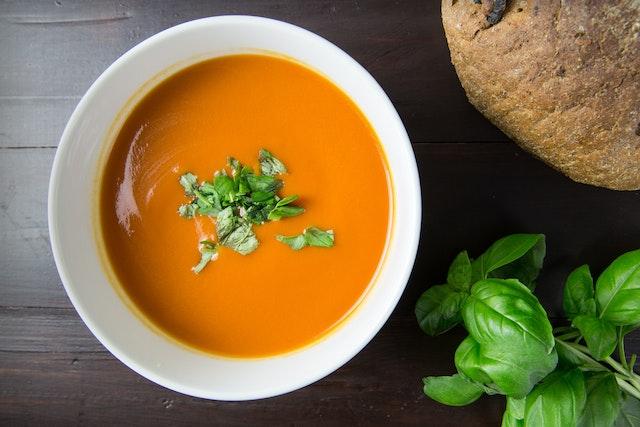
Soups and stews:
Soups and stews make excellent foods for freezing. Allow them to cool completely before freezing. Transfer them to airtight containers or freezer bags, leaving space for expansion. For convenience, you can freeze them in individual portions. Thaw soups and stews in the fridge overnight. Alternatively, you can thaw them in a microwave. Reheat soups and stews on the hob over a medium heat, stirring occasionally. Ensure they reach a minimum safe internal temperature of 74°C before serving.

Casseroles:
Casseroles freeze well. Allow them to cool completely before freezing. Wrap them tightly in cling film or tin foil or transfer them to airtight containers or freezer bags. Thaw casseroles in the fridge overnight. If it is a large casserole, you may need to reheat it in the oven once partially thawed. Reheat casseroles in the oven at 175°C until heated through. You may need to cover it with tin foil during the initial part of reheating to prevent the top from becoming too browned.
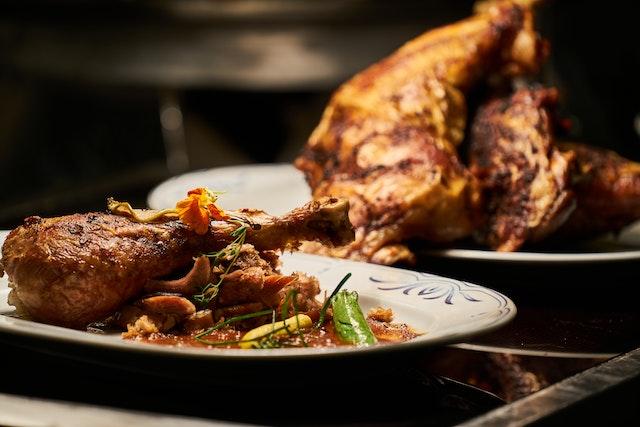
Cooked meats:
Cooked meats can be frozen. Wrap them tightly in cling film, tin foil, or freezer paper, then place them in freezer bags or airtight containers. Thaw meats in the fridge overnight. For faster thawing, you can use the defrost setting on your microwave or place the meat in a sealed plastic bag and submerge it in cold water, changing the water every 30 minutes. Reheat meats in the oven at a low temperature until heated through. Alternatively, you can reheat them on the hob or in the microwave.
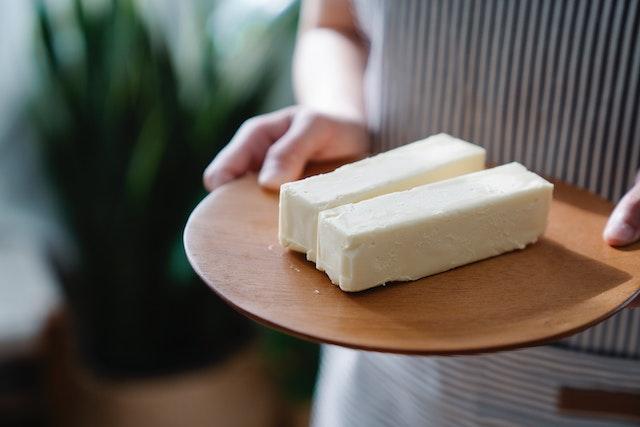
Butter:
You can freeze butter for an extended period. Wrap it tightly in cling film or tin foil to prevent freezer burn and then place it in a freezer bag or airtight container. Thaw butter in the fridge. It will become spreadable once thawed. Once thawed, you can use it as usual.

Pizza:
You can freeze pizza successfully. Wrap individual slices or the whole pizza tightly in cling film or tin foil and then place into airtight containers or freezer bags. Thaw pizza in the fridge overnight. Reheating frozen pizza without thawing is also possible. Reheat pizza in the oven at 175°C until heated through. You can also reheat individual slices in the microwave or in a frying pan on the hob.
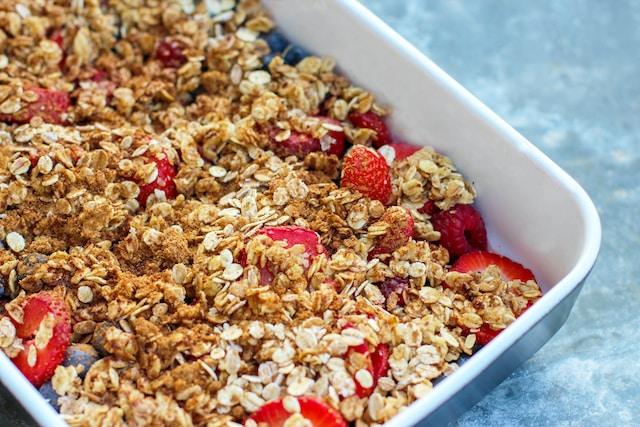
Fruit crumble:
Fruit crumbles can be frozen. Allow them to cool completely before freezing. Wrap them tightly in cling film or tin foil or transfer them to airtight containers or freezer bags. Thaw fruit crumbles in the fridge overnight or reheat from frozen. Reheat fruit crumbles in the oven at 175°C until heated through and the topping is crisp, covering it with tin foil during the initial part of reheating to prevent excessive browning.
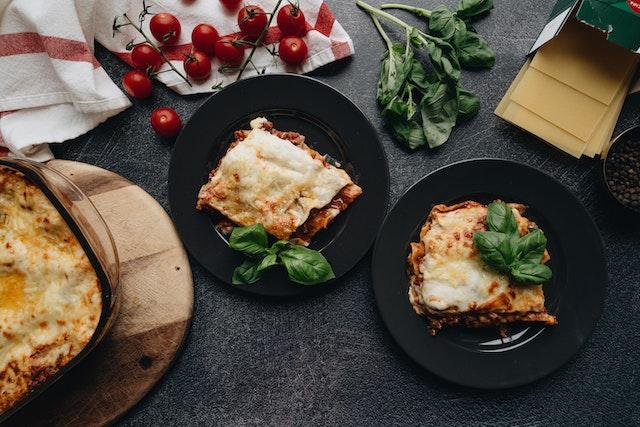
Lasagne:
You can freeze lasagne successfully. Allow it to cool completely before freezing. Wrap it tightly in cling film or tin foil or place it in airtight containers or freezer bags. Thaw lasagne in the fridge overnight, or for larger portions, you can reheat it in the oven once partially thawed. Reheat lasagne in the oven at 175°C until heated through, covering it with tin foil during the initial part of reheating to prevent the top from becoming too browned.
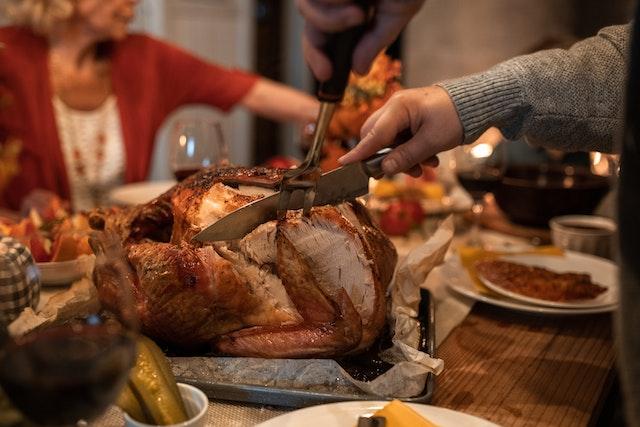
Roast Dinner:
Roast dinners, such as roasted meats and vegetables, can be frozen. Wrap individual portions or the entire meal tightly in cling film or tin foil, then place them in airtight containers or freezer bags. Thaw roast dinners in the fridge overnight. Reheating from frozen is also possible. Reheat roast dinners in the oven at a low temperature until heated through, covering it with tin foil to retain moisture and prevent excessive browning.
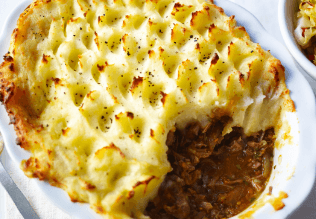
Shepherd’s Pie:
You can freeze shepherd's pie successfully. Allow the pie to cool completely before freezing. You can freeze individual portions or the entire pie. Wrap it tightly with cling film or tin foil or place it in airtight containers or freezer bags. Thaw shepherd's pie in the fridge overnight. Ensure that the shepherd’s pie thaws completely before reheating. Reheat shepherd's pie in the oven at 175°C until heated through. It is best to cover it with tin foil during the initial part of reheating to prevent the top from becoming too browned. Remove the tin foil for the last few minutes to allow the top to crisp up, if desired.
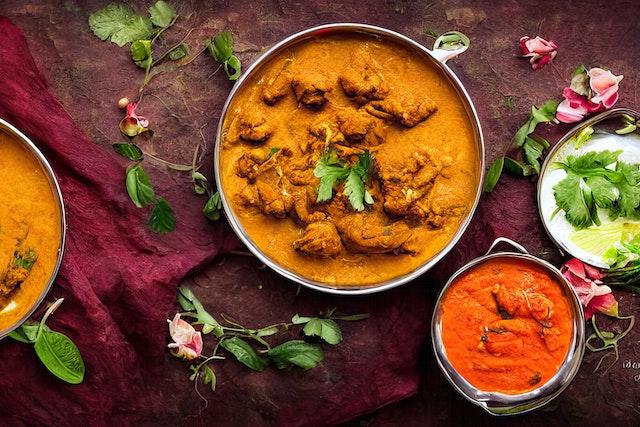
Curry:
You can freeze curry successfully. It is best to freeze it in airtight containers or freezer bags, leaving room to account for expansion during freezing. Thaw the frozen curry in the fridge overnight and once thawed, reheat the curry on the hob over a medium heat, stirring occasionally.
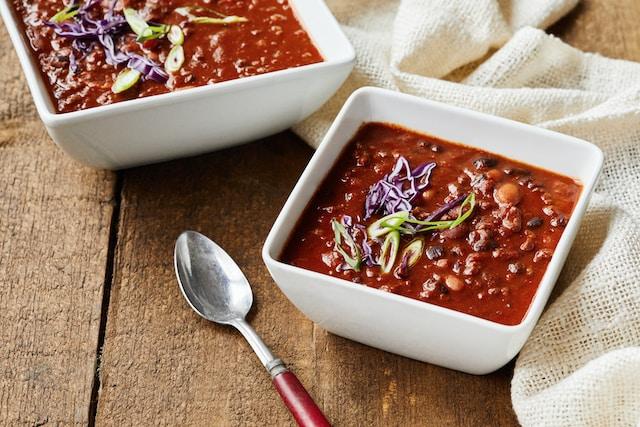
Chilli con carne:
Chilli freezes well. Allow it to cool completely before transferring it to airtight containers or freezer bags, leaving space for expansion. Thaw chilli in the fridge overnight and once thawed reheat chilli on the hob over a medium heat or in the microwave, stirring occasionally.
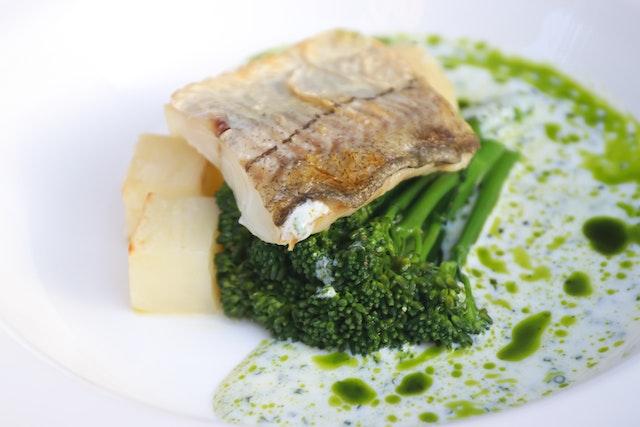
Cooked Fish:
You can freeze cooked fish. Allow the cooked fish to cool completely before freezing. Wrap individual fish fillets or portions tightly in cling film or place them in freezer bags. Remove all the air to prevent freezer burn. Alternatively, you can also freeze the cooked fish in airtight containers. Thaw the cooked fish in the fridge overnight or place it in a sealed plastic bag submerged in cold water, changing the water every 30 minutes until thawed. Reheat the cooked fish in the oven at a low temperature, around 135°C, until heated through. You can also reheat it in the microwave on low power.
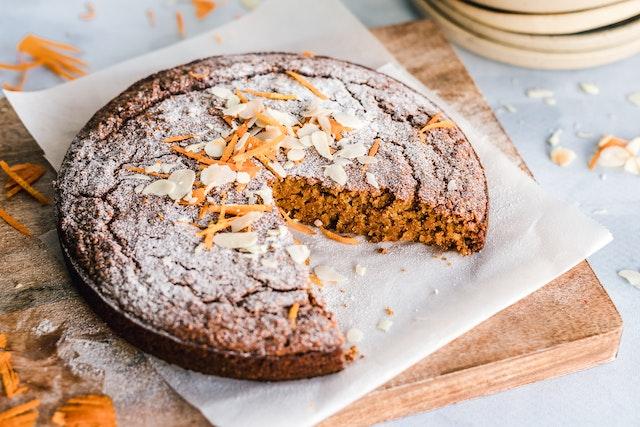
Cake:
Cakes can be successfully frozen, but it is important to consider the type of cake. Unfrosted cakes tend to freeze better than frosted ones. Allow the cake to cool completely before freezing. Wrap it tightly in cling film to prevent freezer burn. For added protection, place it in an airtight container or wrap it with tin foil. Thaw the cake in the fridge overnight. This gradual thawing helps retain moisture. If you need to thaw it quickly, you can thaw it at room temperature. Once thawed, it is important to consume it within 2 days.
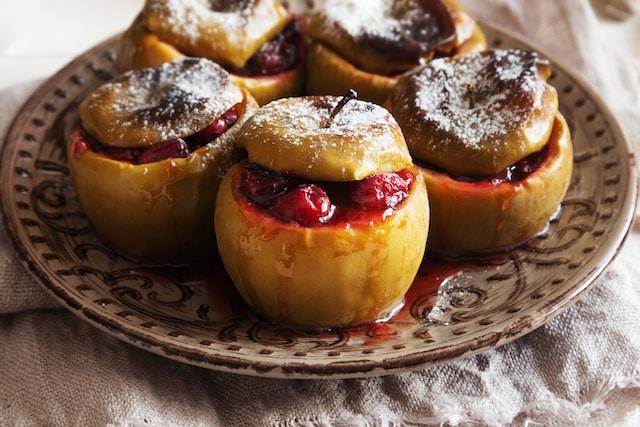
Cooked Fruits and Vegetables:
Cooked fruits and vegetables can be frozen. Allow them to cool completely before freezing. Transfer them to airtight containers or freezer bags, removing excess air. Thaw cooked fruits and vegetables in the fridge. Reheat them on the hob or in the microwave until heated through.
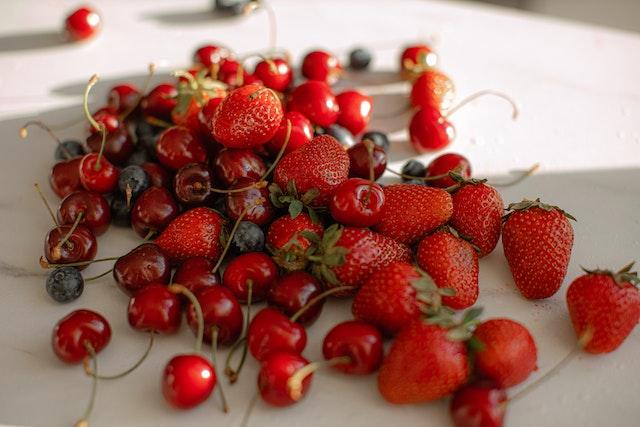
Raw Fruits:
You can freeze raw fruits successfully. Clean, peel, and slice the fruits as desired. Place them in a single layer on a baking sheet and freeze them until solid. Transfer them to airtight containers or freezer bags. Thaw raw fruits in the fridge. You can use them directly in smoothies, baking, or other recipes while still frozen.
Foods that do not freeze so well:

Fried foods:
Fried foods can be frozen, but their texture may change slightly. Allow them to cool completely before freezing. Place them in airtight containers or freezer bags, separating layers with parchment or wax paper to prevent sticking. Thaw fried foods in the fridge overnight. Reheating from frozen is also possible. Reheat fried foods in the oven at a medium temperature to restore crispness. Alternatively, you can reheat them in a frying pan with a little oil over medium heat.
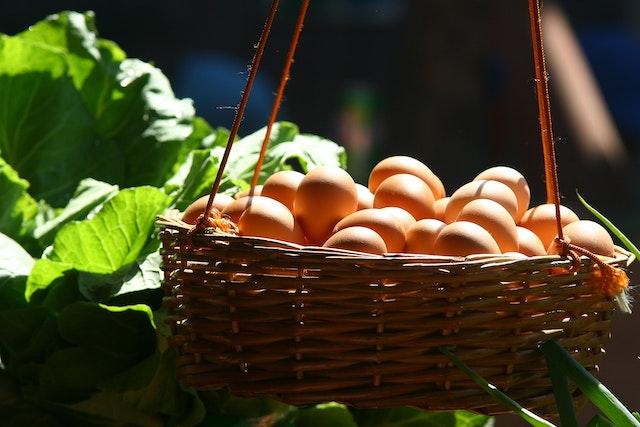
Eggs:
Raw eggs in their shells should not be frozen. However, you can crack and lightly beat eggs before freezing. Pour them into freezer-safe containers or ice cube trays. Thaw frozen eggs in the fridge overnight. Cook thawed eggs as you would normally cook fresh eggs, either for scrambling or use in cooking or baking.
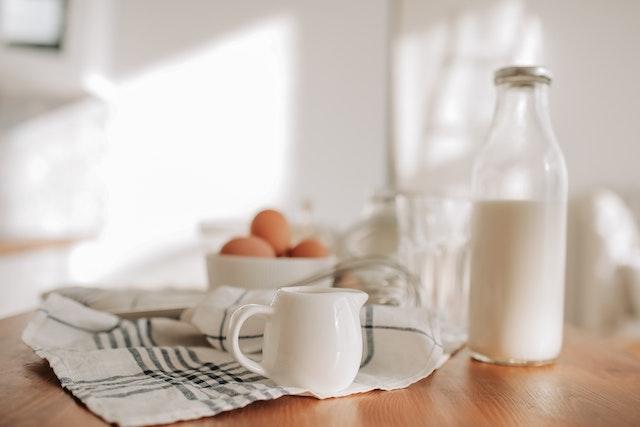
Milk:
Milk may separate or become grainy when thawed. This is because freezing milk can cause changes in the physical and chemical properties of the milk, including an increase in pH, a decrease in fat content, and the formation of ice crystals that can damage the milk proteins. The changes are not significant enough however to affect the overall quality, safety, or nutritional value of milk. To freeze milk, simply pour it into an airtight container, leaving room at the top to allow for expansion as it freezes. Label the container with the date so you know when it was frozen. Thaw it in the refrigerator overnight or place the container in a bowl of cold water to speed up the process. Do not try to thaw frozen milk in the microwave, as this can cause it to scorch or develop a strange flavour. After thawing, give the milk a good shake or stir to help reincorporate any separated solids before using it in cooking or baking.
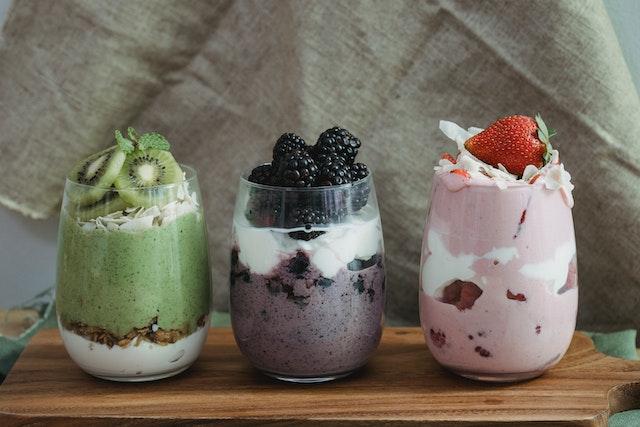
Dairy products with a high-water content:
Dairy products with a high-water content such as yoghurt and cottage cheese can be frozen, but their texture may change after thawing. Transfer them to airtight containers or freezer bags, leaving space for expansion. Thaw dairy products in the fridge. Stir or whisk them before serving if the texture has changed.
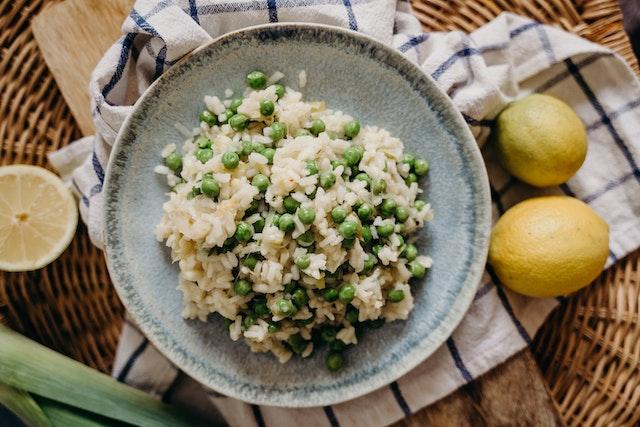
Cooked pasta and rice:
Cooked pasta and rice can be frozen, but their texture may change slightly. Cool them completely before freezing. Portion them into airtight containers or freezer bags. Thaw pasta and rice in the fridge overnight. Reheat pasta and rice in the microwave with a little added liquid or on the hob in a sauce or with a little oil or butter.
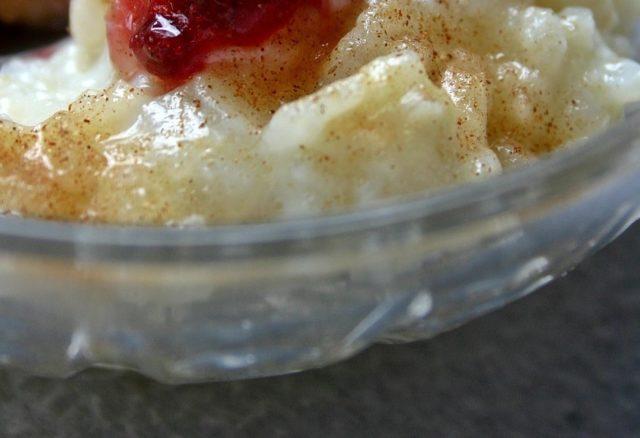
Rice pudding:
Rice pudding can be frozen, but keep in mind that the texture may change slightly after freezing, especially if made with cream or diary-based ingredients. Allow rice pudding to cool completely before freezing. Place it in airtight containers or freezer bags, leaving space for expansion. You can freeze it all or in individual portions. Thaw rice pudding in the fridge overnight. Reheat rice pudding in the microwave or on the hob. If using the microwave, heat it in short intervals, stirring in between, until it reaches the desired temperature. On the hob, heat it over a low to medium heat, stirring constantly to prevent scorching. It is always a good idea to test the quality and adjust the consistency as needed during reheating.
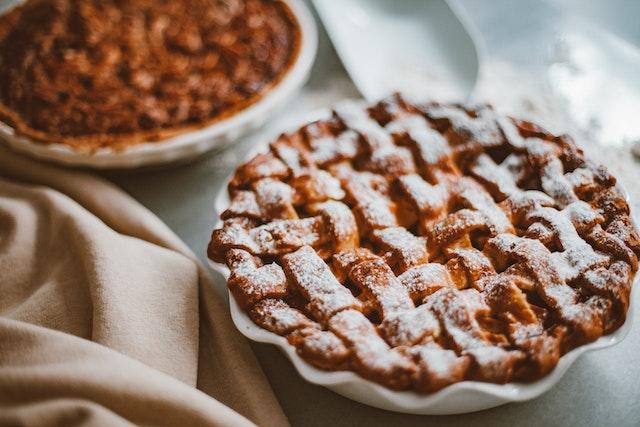
Pie:
Pies can be frozen, but the texture of the crust may change slightly. Wrap the pie tightly in cling film or tin foil. For added protection, place it in an airtight container or freezer bag. Thaw pie in the fridge overnight. Certain fruit pies can be reheated directly from frozen. Reheat pies in the oven at a low temperature, around 150°C, until heated through, covering the crust with tin foil to prevent excessive browning.
Foods that cannot be frozen:

Raw vegetables with a high-water content:
While vegetables with a high-water content, such as cucumbers and lettuce, can technically be frozen, it is not advisable, as freezing can damage the flavour of these vegetables, and they will become mushy and lose their crispness. In general, it is best to avoid freezing these vegetables if you can, as freezing compromises the texture and flavour. Instead, try to use them fresh, or if you have excess vegetables, consider pickling or preserving them in another way.
So, there you have it. Freezing leftover Food can be a fantastic way to save time and reduce Food waste, but it is important to understand how to freeze Food to get the best out of them, and what to do with the Food once you defrost it. By following the guidelines outlined above; as well as following Food safety guidelines when handling and storing Food, including labelling, and dating frozen foods, and using them within recommended time limits; you can ensure that your frozen leftovers retain their flavour, texture, and quality when you come to reuse them.
